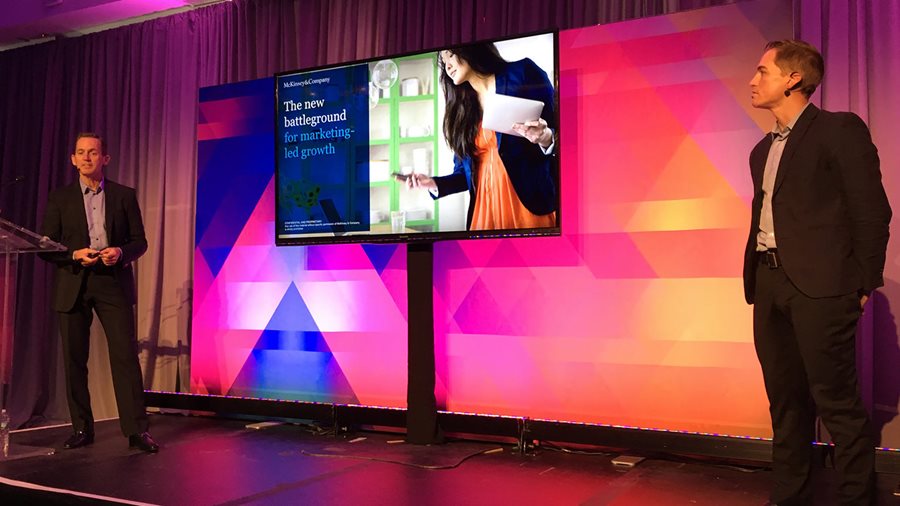Ten years on the consumer decision journey: Where are we today?

– In the age of digital shopping—where the competitor is a click, swipe, or tap away—how consumers make purchase decisions has radically changed. Marketers have, therefore, become laser-focused on understanding what drives consumer decisions and influencing that journey.
McKinsey experts saw this growing need to better understand shifting consumer behavior nearly ten years ago, when we proposed a new approach called the consumer decision journey. It was a significant change in thinking that challenged the long-held concept of the sales funnel, where the decision path narrows in a linear way, from starting with awareness to ending with loyalty. The journey, instead, reflects a more complex reality of shifting choices, decision criteria, and triggers.

Today, after almost a decade, we have a database that covers more than 125,000 consumer decision journeys—used to help marketers influence consumers and drive growth—across 350 brands in 30 different industries. So, stepping back, the next big question our experts wanted to answer was how consumer behavior had changed over this time.
What did they find?
The bad news for brands is, Loyalty is now more elusive than ever,
explains Bo Finneman, an associate partner in our Marketing & Sales
Practice. Ninety percent of the categories the team studied showed no
customer loyalty. And despite the explosion of loyalty programs,
engagement in them is dropping.
With easy access to information today, consumers feel almost obligated to shop around,
says Dave Elzinga,
a partner also in our Marketing & Sales Practice. The proliferation
of sophisticated sites and technologies has made it much easier for
consumers to compare brands. And social media has created greater
transparency into what influencers (for example, friends, family,
celebrities) are buying and thinking,
adds Bo. It’s continuously
reminding consumers that multiple choices exist for a purchase, and the
choices are constantly evolving, making each purchase cycle feel like
new.
What I find remarkable is that so many people have more trust in
what they read from total strangers than what companies tell them,
says Dave. That shows us that brands need to win back the trust of consumers.
So what’s the good news? Every purchase is up for grabs today,
says Dave. In fact, more than half of customers—58 percent—change
brands from one purchase cycle to the next. While this has been seen as a
challenge by marketers, it also greatly increases the number of
opportunities for a brand to be considered.
And getting into the initial consideration set of brands early on in the decision-making process is critical. Nearly 70 percent of brand choices are made at this point—the beginning of the journey—when a consumer is first triggered to shop.
What we can see now based on our decision-journey data is the link between early consideration and a brand’s growth,
explains Dave. This ultimately led to the creation of a new predictive metric this year—the customer growth indicator—that provides a simple score showing the growth potential of a product.
Once a brand knows its growth indicator score, it can easily compare itself to competitors and take effective action. If you’re at the bottom, you’ll want to innovate to make sure you can move up,
says Dave. And
if you’re at the top, you may need to reinforce your innovation and
customer experience as a way of protecting your position.
The growth
indicator can help brands zero in on which customers to target for
early consideration as well as determine how budgets are allocated
across various marketing tactics.
The key takeaway: brands need to find ways to get into consumers’
consideration early and then continue to stay on the journey with them
afterward when they’re triggered to make their next purchase. It used to be that you could win over a consumer and then gain loyalty for the longer term,
says Bo. But today, consumers are more enamored with what’s new and continuously top of mind.
source: https://www.mckinsey.com

